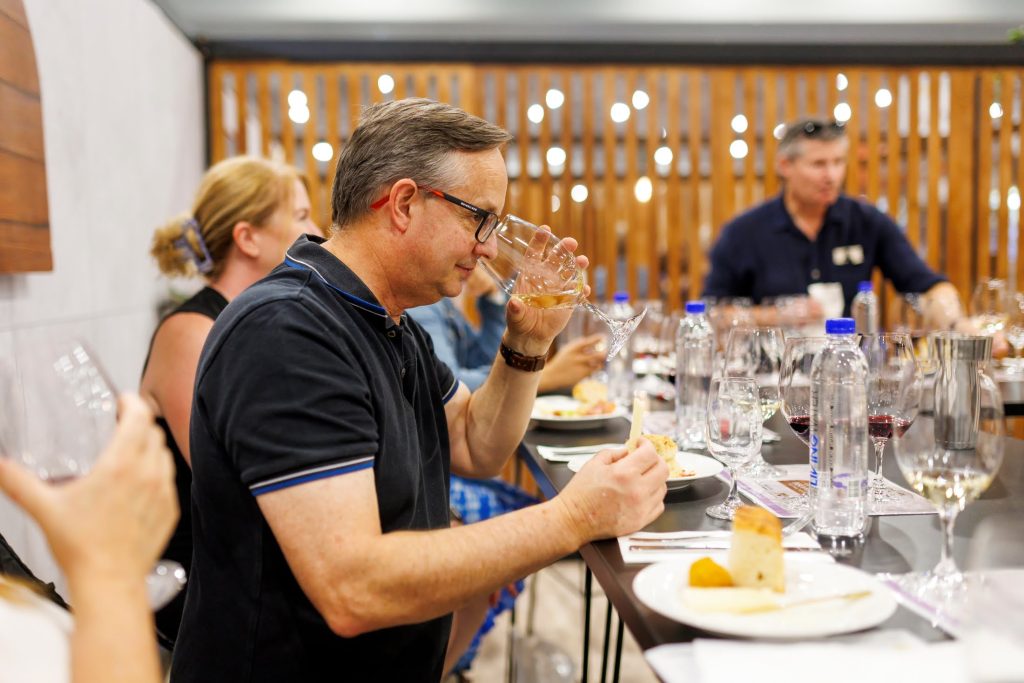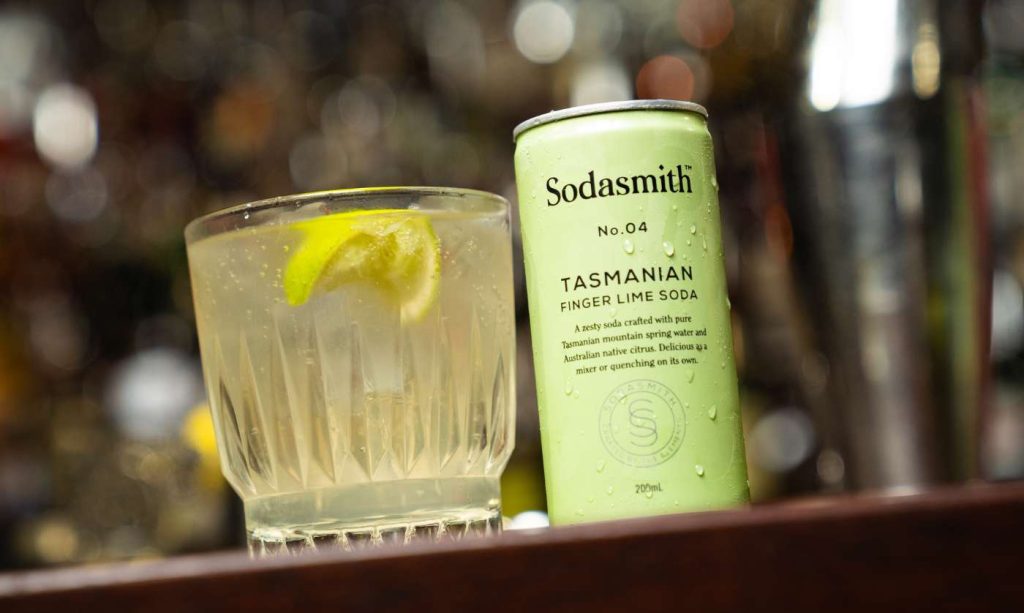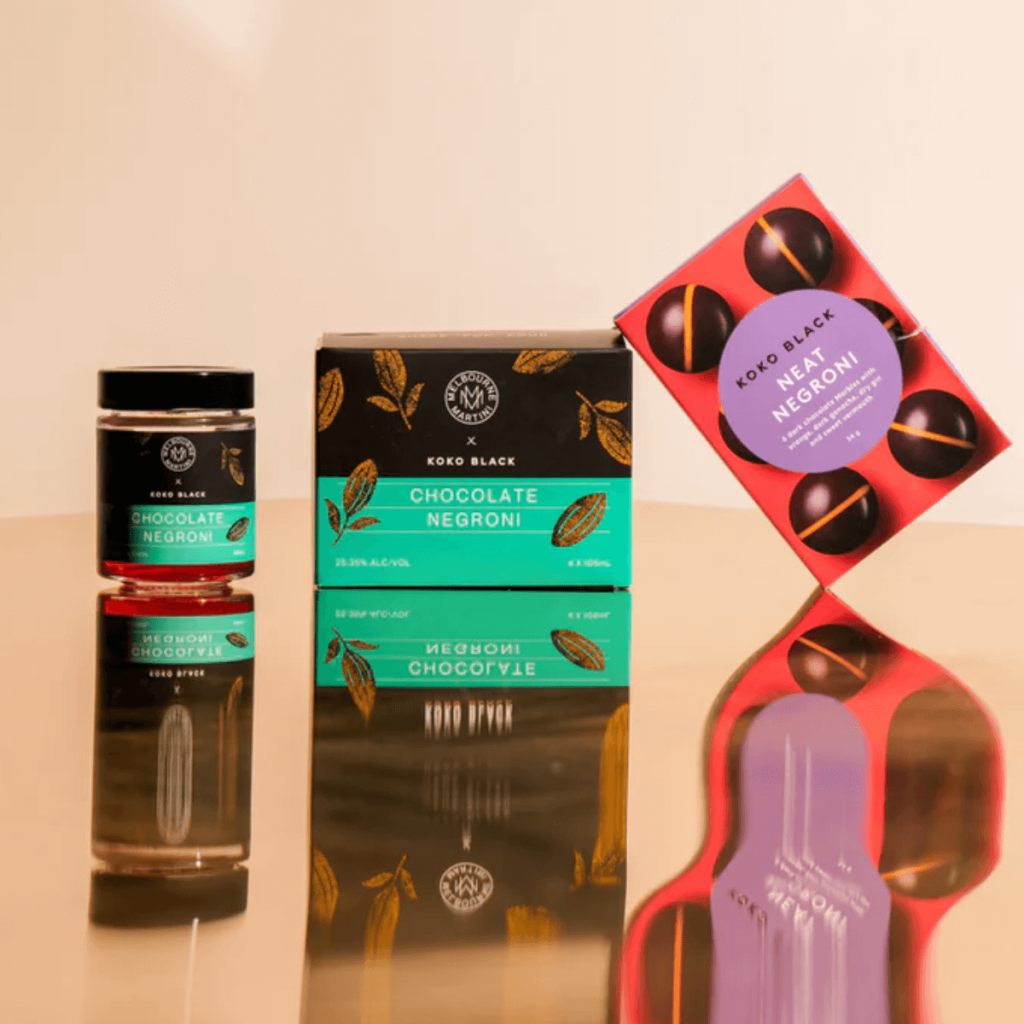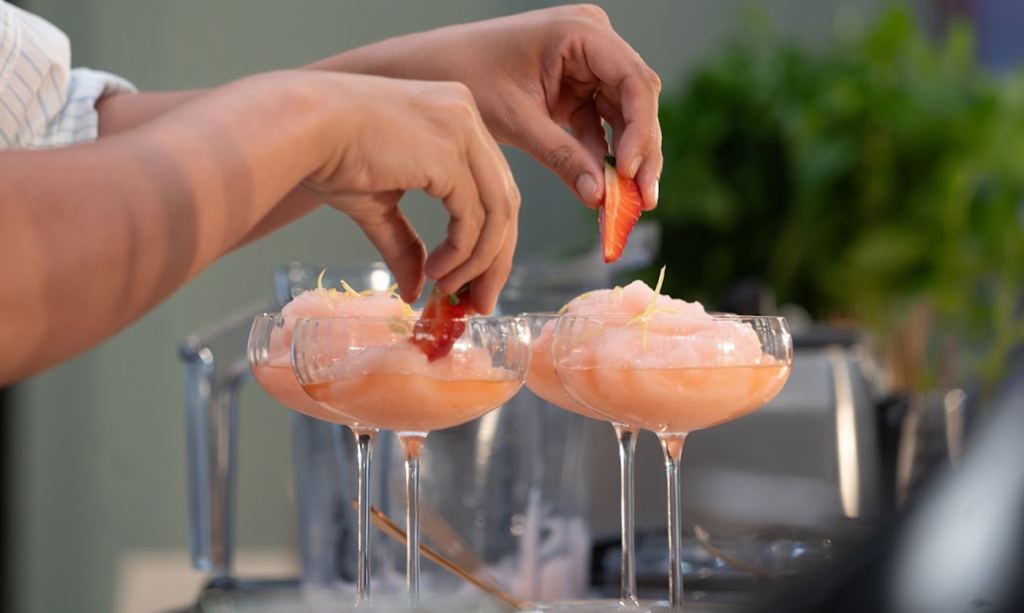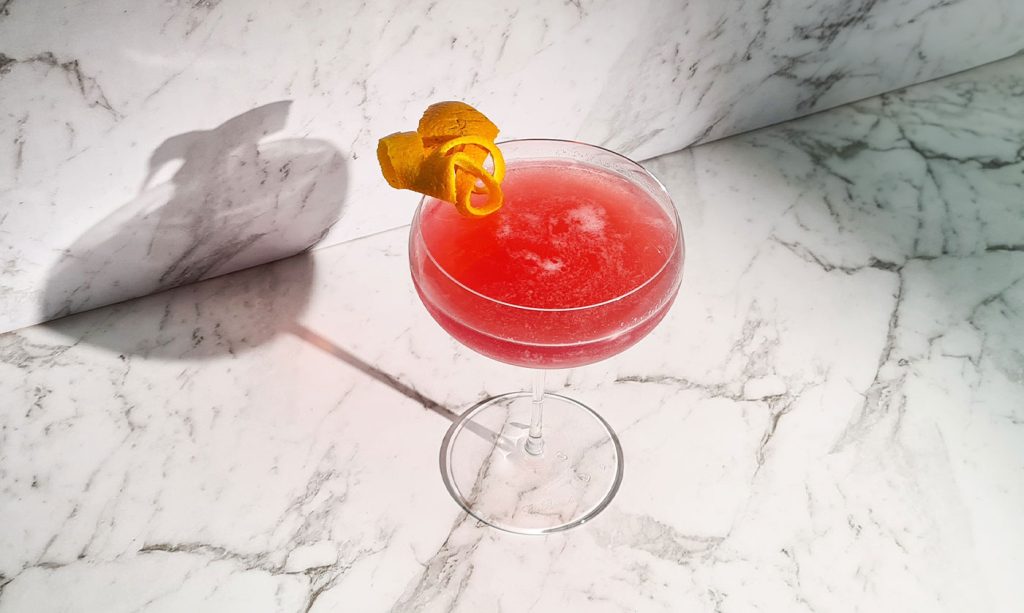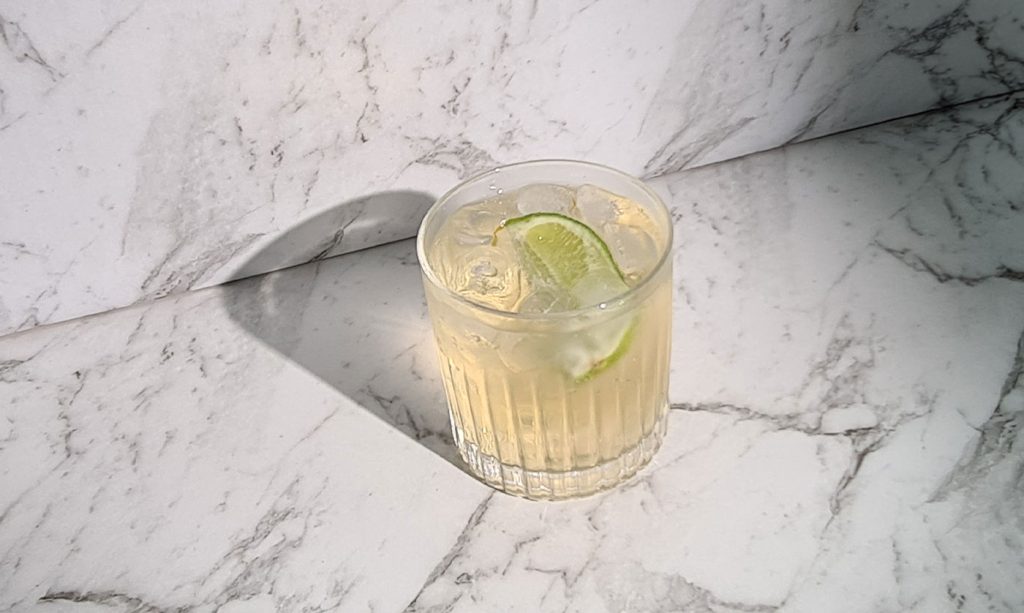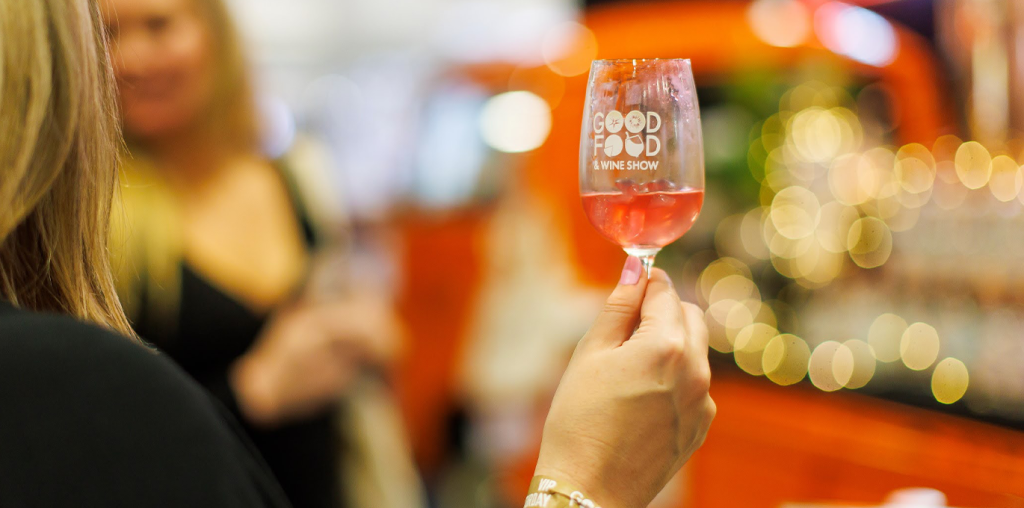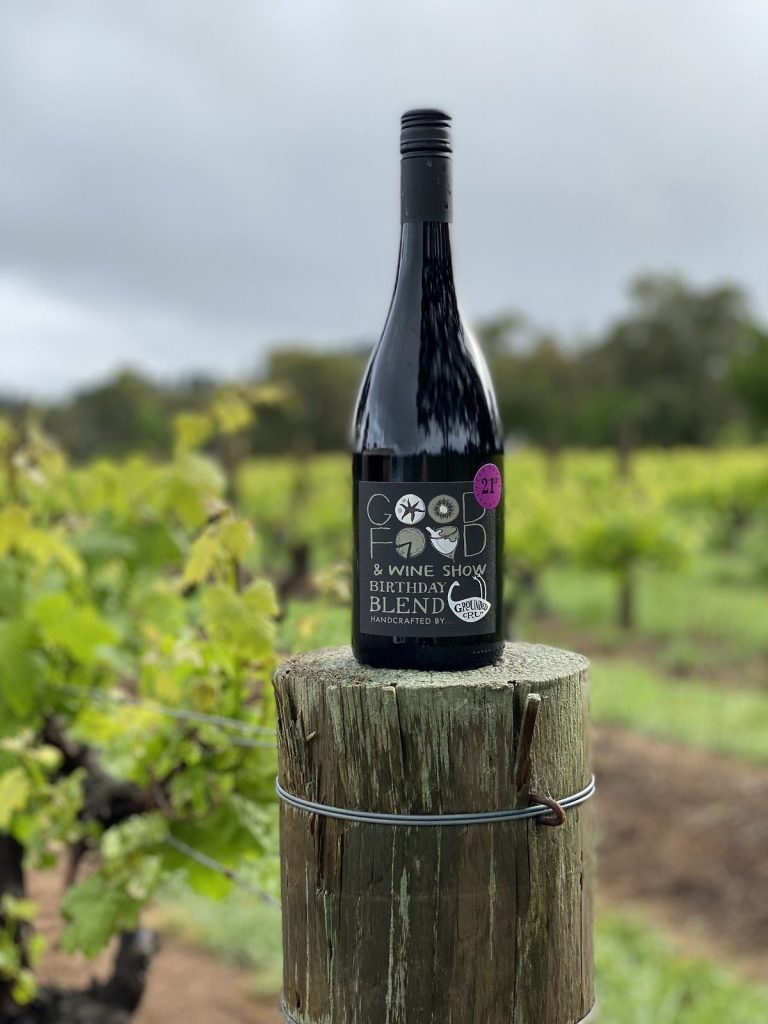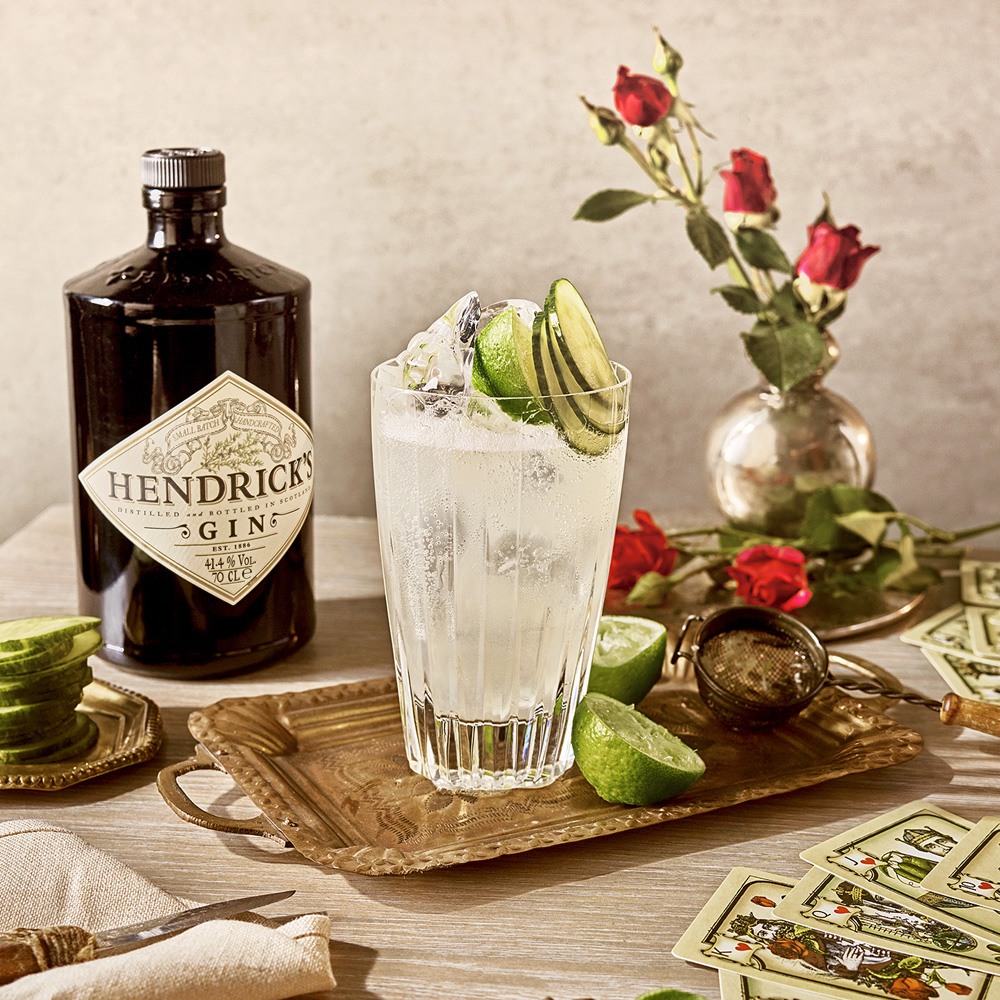Blended Wines
Published 18 May, 2015Blended wines are some of the most complex and interesting types of wines. In fact, they’re just like the fruit salad of the wine world – a delicious mix of all the best bits of different varietals. Here is everything you need to know about the basics of blended wines so you can begin your appreciation of this delicious drop.
What is the difference between varietals and blends?
In simple words, a standard varietal, such as Chardonnay, is made from a single type of grape. The grapes may be sourced from different wine regions or vineyards, but the type of grape remains the same. While on the other hand, a blended wine is exactly as it sounds, a wine made up of a blend of different types of grapes. It can be common for blends to combine different varieties of grape from the same region. For example, Champagne is actually a blend of chardonnay, pinot meunier and pinot noir grown in the region of Champagne.
How are blends made?
The process of blending wine can occur during or after fermentation. Co-fermentation results in changes to the biochemical composition of the wine, for example it can result in a wine with the flavour characteristics of a white wine but the rich deep colour of a red. If the wine is blended after fermentation, the wine is very simply mixed together in a steel tank, or cuvee, and then aged, sometimes of oak barrels.
A blended wine is made up of a mix of at least 40-50 per cent of one type of grape and two or more additional types of grapes. Blends can be made from both red and white varietals and in some cases the blend may even consist of red and white grapes. An example of a wine blended from red and white grapes is Côte-Rôtie, which is produced in France’s Rhone region.
What are the benefits of blending?
Wine is blended to add more complexity and texture to the final result. The aim is to balance the different characteristics, such as acidity, tannins etc, to create something delicious that stimulates the different parts of your mouth. For example, if a wine has strong acidity, it might be blended with something softer for a fuller mouth feel, or a wine with a strong start could be blended with a wine with a lingering finish. This way you get the very best of each wine. Ultimately a good blended wine is greater than the sum of its parts.
When it comes to blending, the options are simply endless. Winemakers are becoming more daring and innovative with their blends, mixing non-traditional grapes to create exciting and delicious drops. See the list below for some fantastic Australian blended wines for you to try.
Australian Blended Wines
Balnaves of Coonawarra The Blend, Grosset Semillon Sauvignon Blanc, Penfolds Grange, Yalumba The Signature, Arenberg d’ Arry Shiraz Grenache
